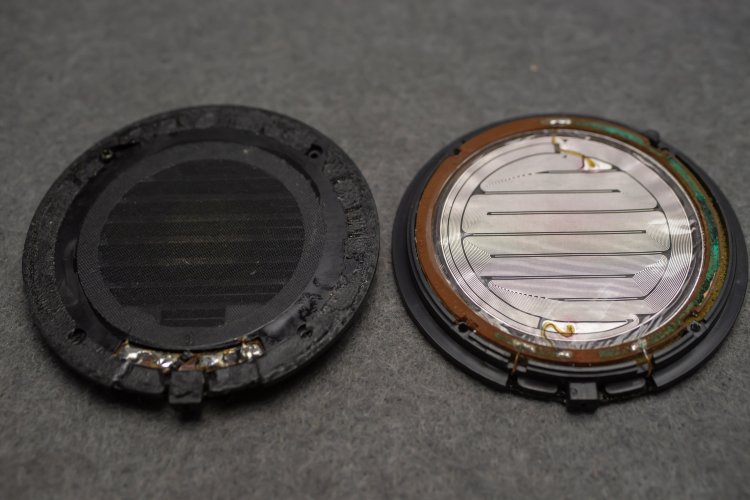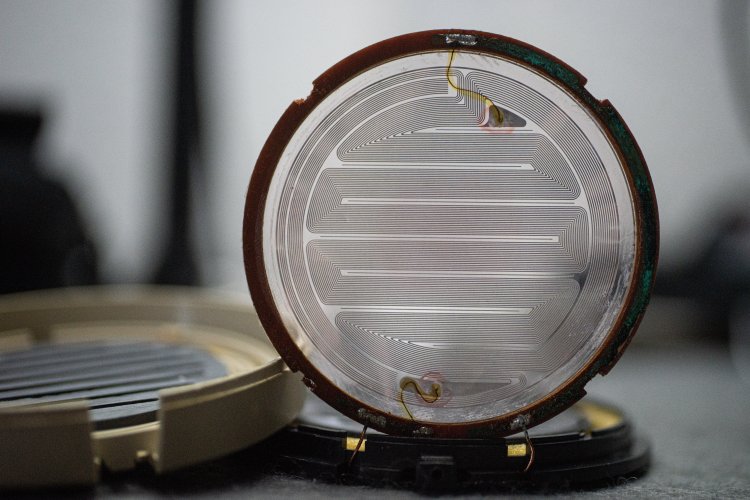wualta
Orthodynamic Supremus
- Joined
- Sep 12, 2004
- Posts
- 4,596
- Likes
- 148
Quote:
It might be, but the 3:1 loudness ratio sounds about right if you're comparing a YH-2 to something like the HD 600. There's a lot of energy under that hump. Sucking it all out makes a big difference.
It is possible to overdamp. What we're after is the point of critical damping, adding more and more damping until we reach the point where the 'fram starts, and most important, stops when it's told to.
By the way, my profound appreciation to you for your work with the microsuede. Meanwhile I'm also trying some nonwoven polyester, like Tyvek only thicker and fluffed up, that's used to stop drafts over doorsills. Sill seal, threshold tape, something like that. Found a big roll of it at the dollar store.
.
| Originally Posted by ericj /img/forum/go_quote.gif Well, yes, as expected, but when i say the yh-2 is quiet when severely damped, I mean maybe a third of the output of my 600-ohm cans on the same source. Seems excessive. |
It might be, but the 3:1 loudness ratio sounds about right if you're comparing a YH-2 to something like the HD 600. There's a lot of energy under that hump. Sucking it all out makes a big difference.
It is possible to overdamp. What we're after is the point of critical damping, adding more and more damping until we reach the point where the 'fram starts, and most important, stops when it's told to.
By the way, my profound appreciation to you for your work with the microsuede. Meanwhile I'm also trying some nonwoven polyester, like Tyvek only thicker and fluffed up, that's used to stop drafts over doorsills. Sill seal, threshold tape, something like that. Found a big roll of it at the dollar store.
.






















